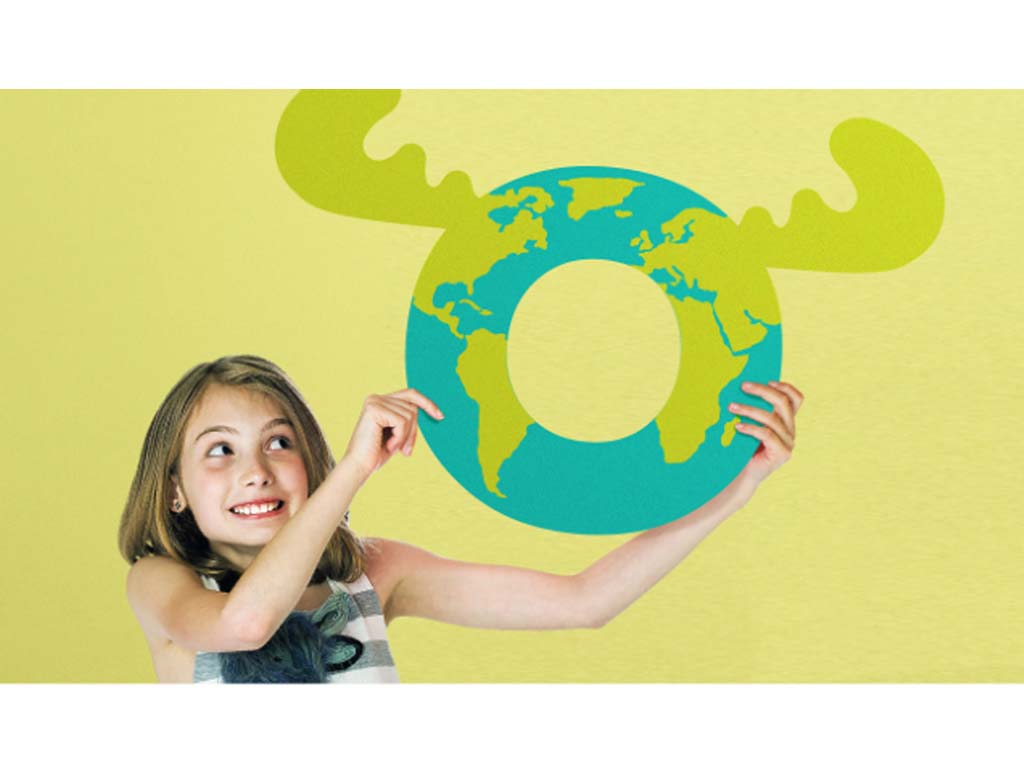In line with London Toy Fair 2023, Moose Toys has announced its commitment to target Net-Zero greenhouse gases by 2040. The Australian based business has committed to setting near and long-term science-based targets (SBTs) to reduce its environmental footprint and support a planet positive future. The move is part of the organization’s broader sustainability strategy, which includes decarbonizing the business and exploring circular design principles and business models.
The short and long-term emissions reduction targets set by Moose will be verified by the Science Based Targets Initiative (SBTi) within the next 24 months. The SBTi is a partnership between the CDP, the United Nations Global Compact, World Resources Institute, and the World Wide Fund for Nature that drives climate action in the private sector.
Moose Toys CEO Paul Solomon has signed the SBTi commitment letter, with Moose joining its key partners and over 1,000 companies worldwide who have formally joined the initiative to set science-based climate targets. “At Moose, we’re setting an ambitious agenda to become the most responsible and sustainable toy company we can be,” said Paul. “We acknowledge how critical this commitment is in protecting our planet and ensuring we can continue to make kids around the world Superhappy now and into the future.”
The organization’s aim is to set a long-term target of Net-Zero greenhouse gas (GHG) emissions by 2040. Both short and long-term targets set by Moose will require reduction to Scope 1, 2, and 3 emissions. Scopes 1 and 2 include emissions generated from Moose’ own operations and facilities, with Scope 3 including the emissions generated in the extended supply chain.
To support a planet positive future and realize emissions reductions, the brand will be investing in key decarbonization activities, such as procuring 100% renewable energy across all owned and operated facilities and working with suppliers to realize similar decarbonization ambitions. Moose is also an existing signatory of the Cargo Owners for Zero Emission Vessels (coZEV) 2040 Ambition Statement. It has also taken steps to minimize its reliance on air freight – a high-emitting transport mode; achieving almost zero air freight in 2022 with only less than 0.1% of freight transported via air.
In addition to operations and logistics, Moose is reimagining packaging and product to support the Net-Zero journey. “Our product is our pride and joy, but it’s also currently accountable for a large chunk of our emissions” said Greg Simmons, Director of Sustainable Product Development at Moose. “To date, all paper-based ` packaging for newly developed product from Fall 2021 is made from either FSC Mix or FSC Recycled certified materials. Our FSC Recycled packaging contains 70-90% recycled materials, and as of Fall 2022, all plastic blisters on newly developed product contain 30% pre-consumer recycled plastic (rPET). These developments are just the start of our product sustainability journey, and we look forward to delivering more improvements on our path to net-zero”
The company notes the scale and pace required to decarbonize the entire value chain is immense. “This journey will not only require conviction and collaboration, but also innovation” said Chloe Davison, Director of Sustainability at Moose. “We’re confident we have the passion and creativity to meet this challenge. It’s critical that our pathway to Net-Zero is aligned with the latest climate science, so that we can play our part in helping to protects people and the planet from the worst effects of climate change.”

